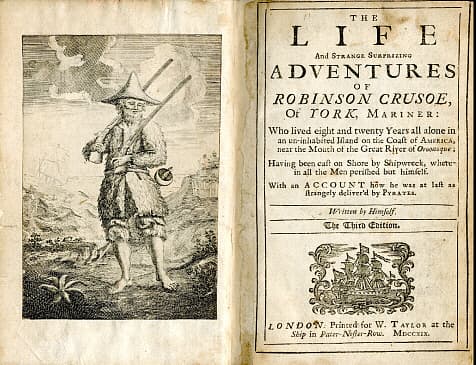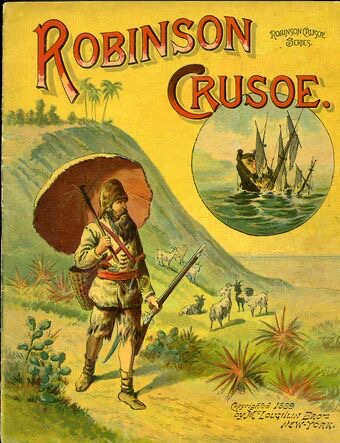Is It Worth the Effort?

In Daniel Defoe’s novel of Robinson Crusoe and his adventures at sea, a notable quote stands out:
“[N]ow I [see], though too late, the folly of beginning a work before we count the cost, and before we judge rightly of our own strength to go through with it.”
Judging from the quote, there appears to be a point of no return in everything we do- our project endeavors included. As the S-Curve of “Cost” as it relates to “Time” ramps up the steep incline during project execution, we must ask ourselves: will it be worth the Effort?
Take an analogous jungle survival story:
Should a 300lbs lion burn 500 calories chasing a small rabbit that will give him only 100 calories in return? Of course, the answer is no. This reward is clearly not worth the Effort. Why is it then that you will never turn on Animal Planet and see such a lion act in this way, but you often hear of small businesses (90%) that fail in the first year and projects (80%) failing overall?
Common in the field of project management are the phases of project initiation and project planning which involve a Go/No Go decision template. It is one thing to make decisions before things begin to pick up, but what happens after we decide to Go and realize along the way it is not worth the Effort? Well, this when jungle-like survival skills must kick in.
Before anything else, you as a project manager must recognize and admit things are not going as planned. Then, you must act fast before is too late. If you find yourself in this position, begin by returning to your baseline assumption cost. What was it? You can easily name this “Day One Initial Estimate” and, you can usually assign a number (for example, $1 million).
Next, let’s consider your initial consideration of Total Estimated Effort for the work. What did you think the project would look like when finished based on the Effort? Here, my friends, is the tricky part... you didn’t consider this and that is why you are facing a problem. Had you known the Total Estimated Effort, you wouldn’t be reading this article and would be doing more enjoyable things with your time right now.
What I suggest at this point is you deal with Hope. Hope is your best friend and worst enemy. That is to say, you know there is a problem, but you Hope everything will be okay, right? Here, an additional lesson can be applied from Robinson Crusoe’s adventures- A lesson that I find to be magic put into practice:
“Today we love what tomorrow we hate.”
We tend to Hope for more happy days in our planning and wish that tomorrow too there will be a good day, but it doesn't always happen. Therefore, Hope should be a set for an exact period of time where you expect to see some specific positive results.
For example, if I take a pill for 5 days I Hope to see my fever decrease from 102 to 98 in about 5 days. Hope may prove positive or… maybe I die. Who knows?
Unlike a pill, we sometimes know there is barely any Hope, but we still try for that 1% chance. This is part of our innate decision making process that we cannot help but do (at least until AI takes over).
So, let’s define our Hope Period and Hope Target to try and determine if Hope assumptions will come true or prove to be false. You’ve got your project started, you are excited, everybody is on fire, budgets are approved, there are successful kick off meetings… now is exactly the time to be worried. Pay attention to the first 20% Effort period- it is the most critical part of your project. Add an extra 5% for the Hope Period where you can determine how much Hope you can hold onto; only then will you be in a good position to make some thorough Go/No Go decisions. And if you’re already deep into your project and all you have left is Hope, determine when Hope should be lost for the sake of your budget and team.
Don’t believe me about the importance of Hope? Google these big project failures that extended the Hope period just a little too far: The Canfranc Titanic of the Mountains project and The New South China Mall, Pearl River Delta.
Remember this: most of the project Effort understandings happen in the initial execution period, so pay close attention and the next time you begin to build your Microsoft Project, Primavera, Smartsheets, Project Plan 365 or any other project plan, add a Robinson Crusoe Milestones along the way and be prepared to answer his question:
Is it worth the Effort?
Happy Planning!


